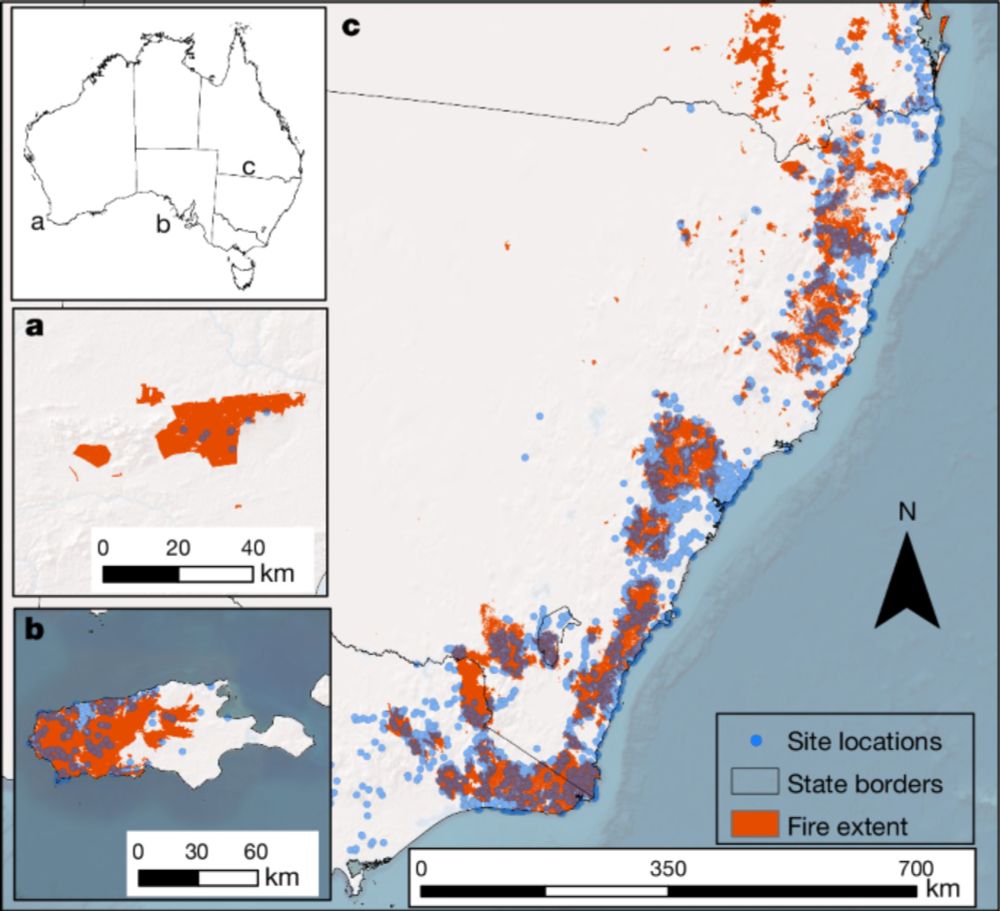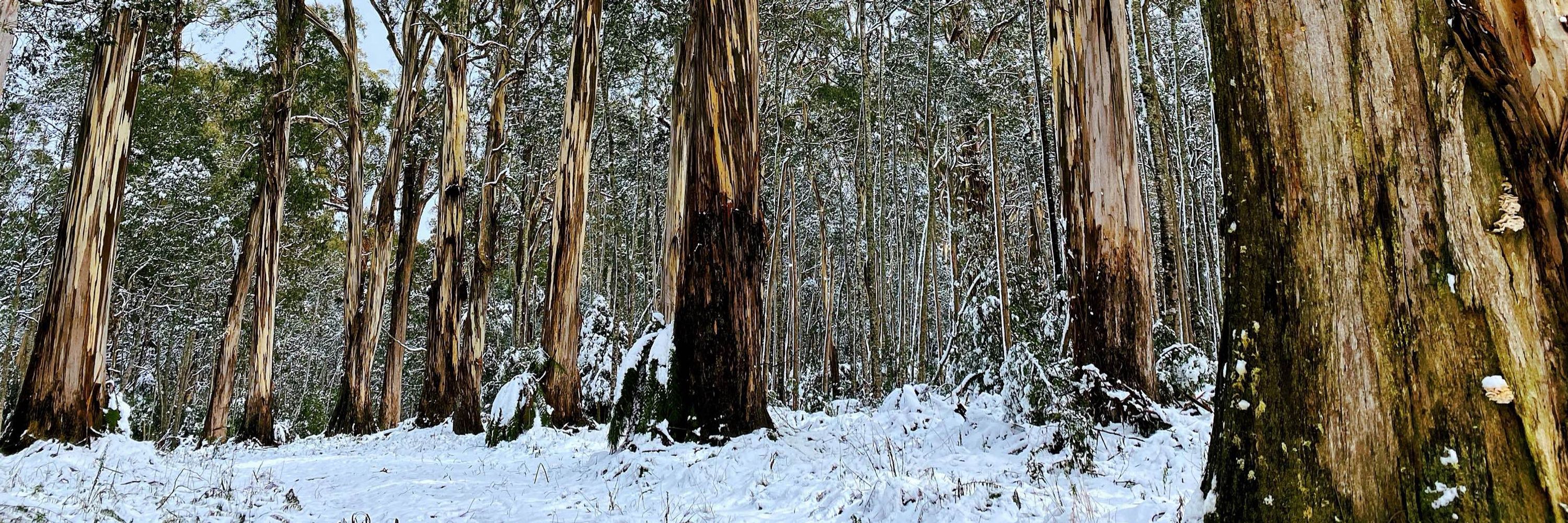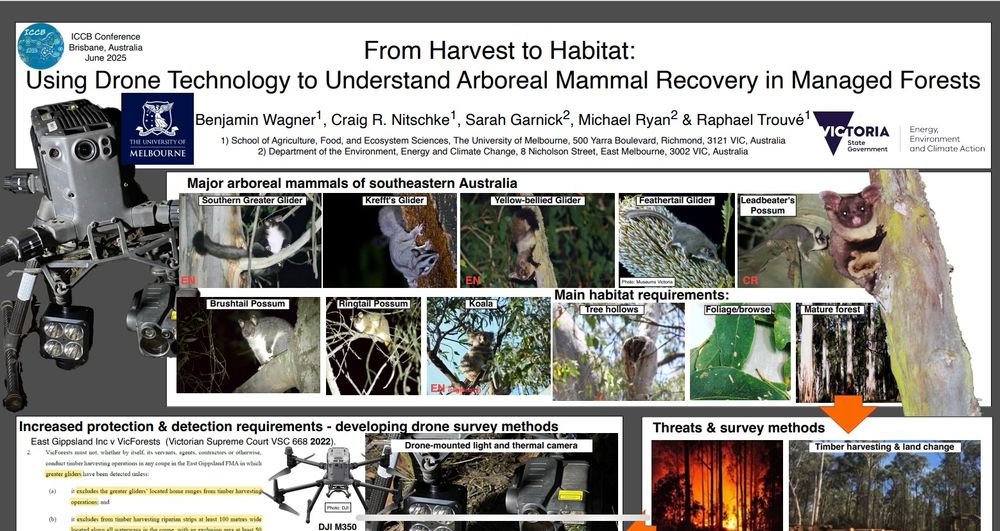Ben Wagner
@gliderhabitat.bsky.social
400 followers
350 following
15 posts
Research Fellow @unimelb. Studying arboreal mammal habitat in mixed species eucalypt forests and forest resilience and adaptation in the Australian alps.
Posts
Media
Videos
Starter Packs
Ben Wagner
@gliderhabitat.bsky.social
· Mar 10

Forecasting deforestation and carbon loss across New Guinea using machine learning and cellular automata
The island of New Guinea harbors some of the world's most biologically diverse and highly endemic tropical ecosystems. Nevertheless, progressing land-…
www.sciencedirect.com
Reposted by Ben Wagner
Tom Fairman
@itsnotfairman.bsky.social
· Dec 11
Reposted by Ben Wagner
Reposted by Ben Wagner
Ben Wagner
@gliderhabitat.bsky.social
· Nov 24
Tom Fairman
@itsnotfairman.bsky.social
· Nov 23

Throwing fuel on the fire? Contrasting fine and coarse fuel responses to windthrow in temperate eucalypt forests in south-eastern Australia
Windthrow is a disturbance in south-eastern Australian forests which significantly re-arranges forest and fuel structure by removing canopy trees. The…
www.sciencedirect.com
Reposted by Ben Wagner
Ben Wagner
@gliderhabitat.bsky.social
· Nov 21
Reposted by Ben Wagner
Reposted by Ben Wagner
Don A. Driscoll
@dadriscoll.bsky.social
· Nov 21
Ben Wagner
@gliderhabitat.bsky.social
· Nov 20

Biodiversity impacts of the 2019–2020 Australian megafires - Nature
Data collected from more than 2,000 taxa provide an unparalleled opportunity to quantify how extreme wildfires affect biodiversity, revealing that the largest effects on plants and animals were in are...
www.nature.com
Reposted by Ben Wagner
Don A. Driscoll
@dadriscoll.bsky.social
· Nov 13

Biodiversity impacts of the 2019–2020 Australian megafires - Nature
Data collected from more than 2,000 taxa provide an unparalleled opportunity to quantify how extreme wildfires affect biodiversity, revealing that the largest effects on plants and animals were in are...
www.nature.com
Reposted by Ben Wagner
Reposted by Ben Wagner




















